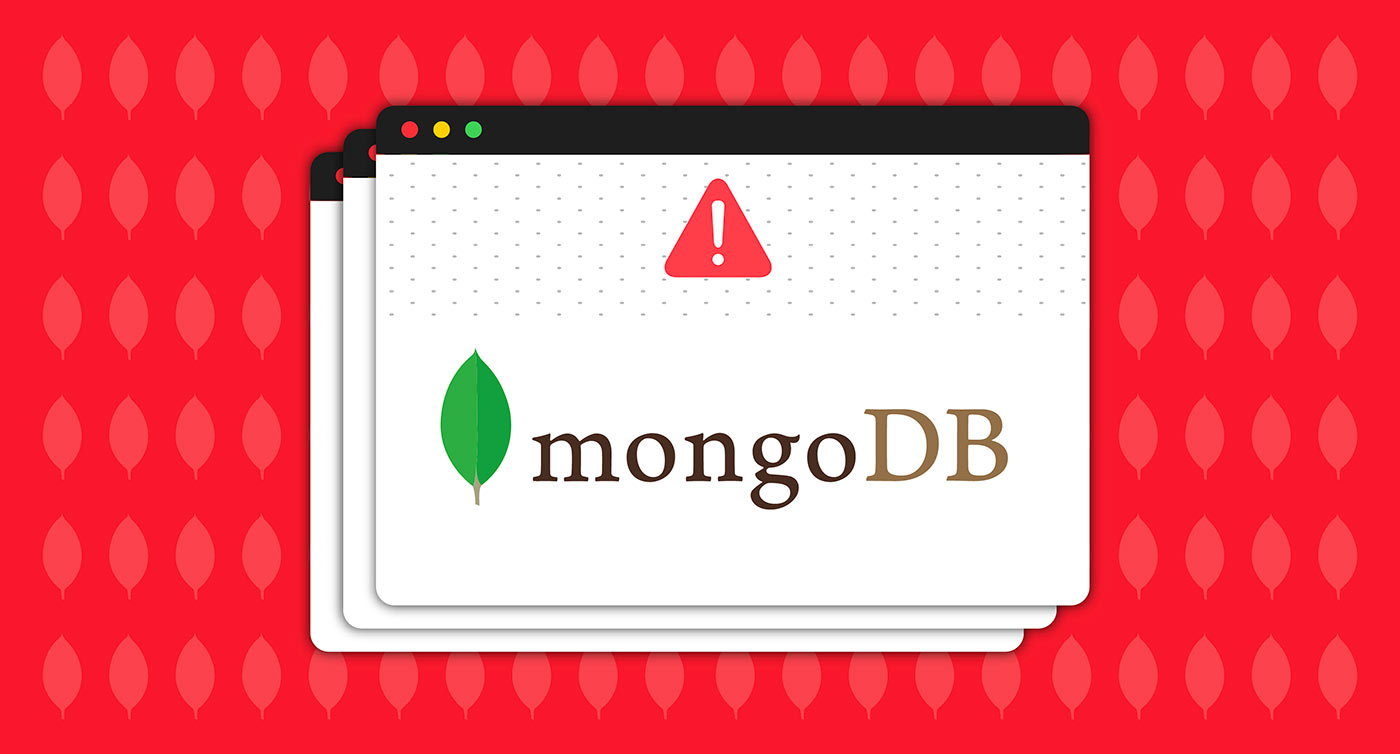A replica set is defined as a database cluster of multiple nodes with replication and automated failover configured between them. To make sure the PRIMARY database is elected correctly, it is important to have an odd number of members in the set (including or excluding the Arbiter node). The selected database is responsible for all the major tasks. It processes …
Installing Software on Kubernetes with Helm 3 Package Manager on Windows
A If you are coming from a development background, you are probably aware of the Package Manager term. Package Managers allow you to install dependencies, upgrade and downgrade versions, and so on. In this tutorial, we will look at a very popular package manager for Kubernetes, called Helm. Helm assists in managing Kubernetes applications. With Helm, you can define a …
Improving Availability and Site Performance Using a Replica Set with MongoDB Auto-Clustering
Auto-clustering enables you to create a replica set of your entire database. MongoDB is a stack you can use on your CloudSigma PaaS platform to make the process incredibly easy- you can make a reliable replica set with just one click. There are many benefits to automatic clusterization, some of which include: High Data Availability It is a great strategy …
How to setup & optimize MongoDB in Ubuntu in the public cloud
Businesses imply lots of data and that makes the problem of handling and managing it harder. Traditionally, the industry has been using RDBMS systems over the decades now, but with the advent of Big Data in the 21st century, NoSQL (Not only SQL) databases came into the picture for large scale unstructured and semi-structured data. In this post, I am …
How to setup & optimise MongoDB on public cloud servers
Long gone are the days when MongoDB was the ‘new kid on the block’. These days, it has evolved to become the go-to solution for many people who are leaving relational databases behind. In this article, I’m not going to make the argument for why you should use MongoDB over {insert other NoSQL database}, or even why you should use …






